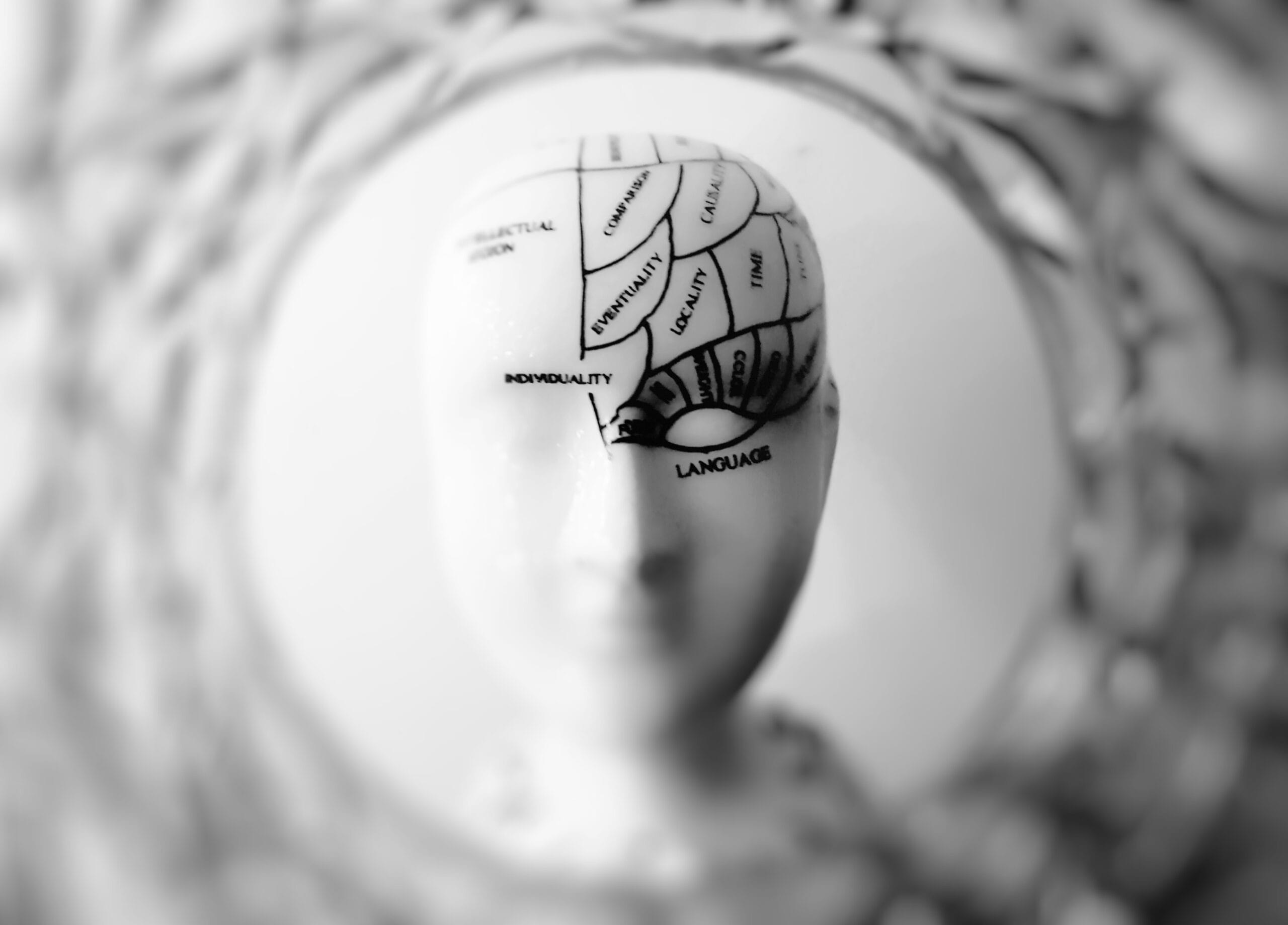Life can change in an instant. One moment, everything is normal, and the next, a life-altering injury turns your world upside down. This is what happened to Sean. A car accident caused a severe brain injury, dramatically impacting his life. This article explores the likely cause of Sean’s injury—Diffuse Axonal Injury (DAI)—and its far-reaching effects.
Unmasking the Injury: Diffuse Axonal Injury
Trying to understand what happened inside Sean’s head during the accident is like piecing together a complex puzzle. It’s not just about the external impact, but the internal chain reaction of damage.
Inside Sean’s Brain: The Mechanism of DAI
The likely culprit behind Sean’s injury is Diffuse Axonal Injury (DAI). Imagine your brain as a complex network of wires (axons) constantly transmitting messages. In DAI, a forceful movement of the head, like in a car accident, causes the brain to move violently within the skull. This movement can stretch, tear, or even sever these delicate axons, disrupting the brain’s communication system. Vesuvianite, a complex mineral, provides a tangible analogy for the intricate structure of the brain and the potential for disruption within a seemingly solid framework.
The Role of Oxygen Deprivation
Hypoxia, or oxygen deprivation, may have exacerbated Sean’s injury. Brain cells require a constant supply of oxygen. If this supply is interrupted, as can happen during a traumatic event, brain cells can malfunction and die. Hypoxia could have occurred before, during, or after the accident, contributing to the severity of the damage.
The Aftermath: Understanding the Effects
DAI’s effects are far-reaching and vary based on the severity and location of the damage. Sean may experience difficulties with memory, attention, problem-solving, speech, movement, and emotional regulation. Each individual’s experience with DAI is unique.
The Complexity of Brain Injuries
Understanding Sean’s injury requires considering multiple factors: the initial trauma, the internal forces acting on his brain, and the potential role of oxygen deprivation. Ongoing research continues to unravel the complexities of DAI, seeking to improve diagnosis, treatment, and ultimately, the lives of those affected. Just as scientists explore the intricacies of mineral formation like Vesuvianite, researchers delve into the complexities of the brain to better understand injuries like DAI.
Deciphering the Cause: A Deeper Dive into Sean’s Case
While often associated with direct head trauma, Sean’s brain injury likely resulted from the sudden, violent movement of his brain inside his skull following the impact. This movement is similar to the principle behind whiplash, where the head is rapidly jerked back and forth.
DAI: A Shearing Injury
This rapid acceleration and deceleration stretches and tears the brain’s delicate nerve fibers, disrupting communication. The “shearing” force involved in DAI makes it particularly difficult to detect with standard imaging techniques, as the damage is often microscopic.
Impact Texas Young Drivers: A Case Study
Sean’s story is a powerful example used in the “Impact Texas Young Drivers” program to highlight the dangers of distracted driving. Even seemingly minor accidents can have devastating consequences, including unseen injuries like DAI.
Key Takeaways
| Point to Remember | Explanation |
|---|---|
| Internal Movement, Not Direct Impact | The internal forces acting on the brain within the skull often cause the most significant damage. |
| DAI: A Hidden Danger | This injury affects the brain’s communication pathways and can have long-term consequences. |
| Distracted Driving: Deadly Consequences | Even minor distractions can lead to serious accidents and life-altering injuries. |
Ongoing Research and the Future of DAI Treatment
Research continues to improve our understanding of DAI. Scientists are exploring the role of rotational forces, inflammation, and other biological processes. This research is crucial for developing better diagnostic tools and treatments.
Understanding Shawn’s Brain Injury: Beyond the Impact
The cause of Shawn’s brain injury requires careful consideration. While a direct blow to the head can cause severe trauma, sometimes the internal movement of the brain within the skull, as in whiplash, is the primary culprit.
Whiplash and Brain Injury
Whiplash, a neck injury often associated with car accidents, can cause the brain to move violently within the skull, stretching and tearing delicate brain tissue. Even without a direct impact, the brain can be significantly damaged.
The Detective Work of Diagnosis
Understanding the specifics of Shawn’s injury requires a detailed analysis of the accident. The direction and force of impact, Shawn’s position in the vehicle, and even seatbelt usage can offer clues. Different types of impact can make certain types of brain injury more likely.
Ongoing Research and the Complexity of Brain Injuries
While whiplash is a probable cause in Shawn’s case, every brain injury is unique. Ongoing research is essential to fully understand the complex interplay of forces at play during these incidents. Further investigation, including medical imaging and neurological assessments, can provide a more comprehensive understanding.
The Tragedy of Baby David: Distracted Driving’s Devastating Impact
Baby David’s death is a heartbreaking consequence of distracted driving. This tragedy underscores the urgent need for greater awareness and stricter enforcement of traffic laws.
A Call for Change
Baby David’s loss emphasizes the immense responsibility we bear when we get behind the wheel. This devastating event should serve as a catalyst for change, prompting stricter laws, improved technology, and, most importantly, a shift in societal attitudes towards distracted driving.
Exploring Potential Solutions
Tougher penalties, advancements in car safety features, and ongoing research are crucial in preventing future tragedies. The impact of Baby David’s death extends far beyond his immediate family, touching a community and prompting critical conversations about road safety.
Preventing Future Tragedies
| Potential Contributing Factor | Possible Preventative Measures |
|---|---|
| Cell phone use | Stricter laws, public awareness campaigns, technology to limit phone use while driving |
| Eating or drinking | Public education on the dangers |
| Adjusting the radio or GPS | Voice-activated controls, pre-setting destinations |
| Grooming or applying makeup | Preparing before starting the car |
| Drowsiness or fatigue | Rest before driving, public awareness on the dangers |
| Children or pets in the car | Proper restraints, securing pets, planning for stops |
| Rubbernecking | Public campaigns highlighting the dangers |
Baby David’s story should inspire us all to prioritize safe driving practices. Are you looking for detailed information about what are troches? While seemingly unrelated, this resource highlights the importance of focusing on one task at a time, a principle crucial for safe driving. Every time we get behind the wheel, we have a responsibility to focus on the road, protecting ourselves, our loved ones, and everyone else sharing the road.
- Revolution Space: Disruptive Ion Propulsion Transforming Satellites - April 24, 2025
- Race Through Space: Fun Family Game for Kids - April 24, 2025
- Unlocking the Universe: reading about stars 6th grade Guide - April 24, 2025

















2 thoughts on “What Caused Sean’s Brain Injury: Unraveling the Trauma”
Comments are closed.